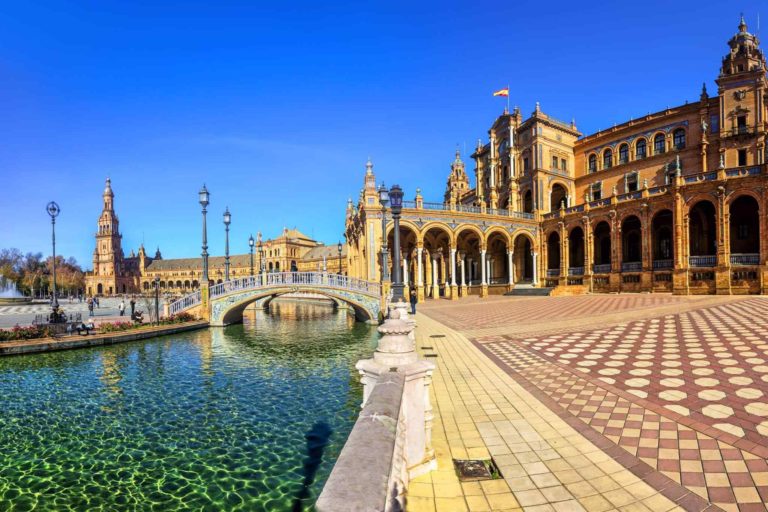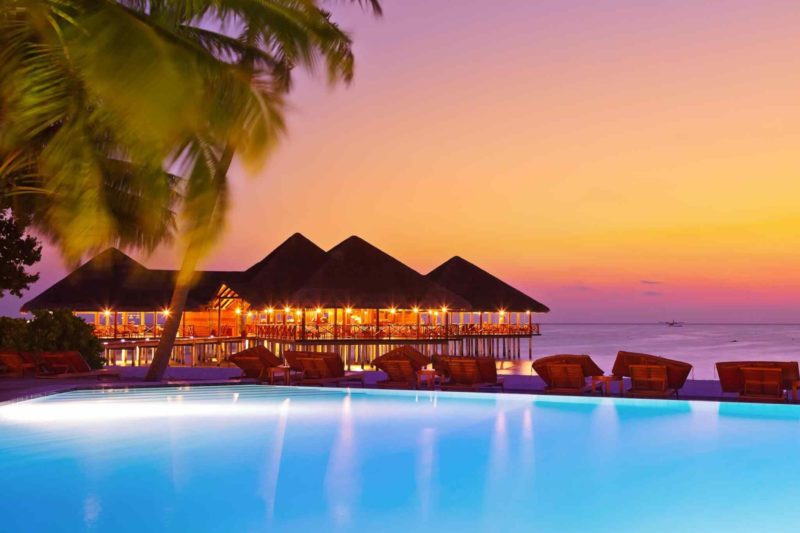EVERY DAY IS DIFFERENT
A doorway to the Past
- Information
- Tour Plan
- Location
- Gallery
- Reviews
- Additional Info
- Similar Tours
What's included
- A guided tour of important places
- Accommodation in single twin share room
- Beautifully illustrated souvenir map
- Entrance tickets to monuments and museums
- Professionally guided tour
- Current Hotel Taxes and Service Charges
- Departure Taxes or Visa handling fees
- Excess baggage charge
- International Air, unless expressly paid for
- Personal expenses
- Services not specifically stated in the itinerary
- Visa arrangements
- Day 1
- Day 2
- Day 3
- Day 4
- Day 5
Barrio de Santa Cruz
Seville's medieval judería (Jewish quarter), east of the cathedral and Real Alcázar, is today a tangle of atmospheric, winding streets and lovely plant-decked plazas perfumed with orange blossom. Among its most characteristic plazas is Plaza de Santa Cruz, which gives the barrio (district) its name, and the wonderfully romantic Plaza de Doña Elvira.
El Arenal
Hugging the Río Guadalquivir to the west of Santa Cruz, the compact El Arenal district boasts plenty of lively bars and the city's historic bullring. In times past, this was where colonising caballeros made rich on New World gold stalked the streets, watched over by Spanish galleons offloading their American booty.
El Centro
As the name suggests, this is Seville’s central district, and the densely packed zone of narrow streets and squares north and east of Plaza Nueva, centred on Calles Sierpes and Tetuán/Velázquez, is the heart of Seville's shopping world, as well as home to some excellent bars and restaurants. On the north-eastern edge is the Metropol Parasol, aka Las Setas, a modern complex of vast wooden parasols with a rooftop walkway.
Triana
The legendary barrio of Triana sits on the west bank of the Río Guadalquivir. This atmospheric quarter, famous for its ceramic tiles, was once home to many of Seville's most quintessential bullfighting and flamenco characters and it still hosts some of its most poignant sights.
Isla de la Cartuja
This former island on the Río Guadalquivir takes its name from the on-site monastery, the Monasterio de la Cartuja de Santa María de Las Cuevas. It was connected to Seville's west bank in 1992 to incorporate the city's Expo '92 site. Monastery apart, most of the buildings here are modern, including the impossible-to-miss Cajasol tower completed in 2015.
More about Seville
More about this tour
The oldest part of Sevilla lies on the left bank of the Guadalquivir River and is irregularly planned, with a maze of narrow and twisting streets, small enclosed squares, and houses built and decorated in the Moorish style. There is a somewhat more spacious layout in the central district near the Cathedral of Santa Maria and the Alcázar Palace. Sevilla’s cathedral is one of the largest in area of all Gothic churches. Most of it was constructed from 1402 to 1506 on the site of the city’s principal mosque, which had been built by the Almohads in 1180–1200 on the site of an earlier Visigothic church. One of the mosque’s few surviving portions, its minaret, called the Giralda, was incorporated into the cathedral as its bell tower. The minaret has surfaces almost entirely covered with beautiful yellow brick and stone paneling of Moorish design. The main portion of the Cathedral of Santa Maria is built in the Late Gothic style of France, but its various parts display building styles ranging from the Moorish through the Gothic to the Plateresque and the Baroque. The cathedral’s interior contains paintings by Murillo and Zurbarán, among others.
The finest survival from the Moorish period is the Alcázar Palace, which lies near the cathedral. The Alcázar was begun in 1181 under the Almohads but was continued under the Christians; like the cathedral, it exhibits both Moorish and Gothic stylistic features. A decagonal brick tower, the Torre del Oro, once part of the Alcázar’s outer fortifications, remains a striking feature of the riverbank. Other examples of Moorish building are the tower of the Church of San Marcos (once the minaret of a mosque) and two sides of the cathedral’s Patio de Naranjos. Sevilla has many other churches built in the Gothic, Renaissance, Baroque, and Rococo styles.










There are no comments yet.